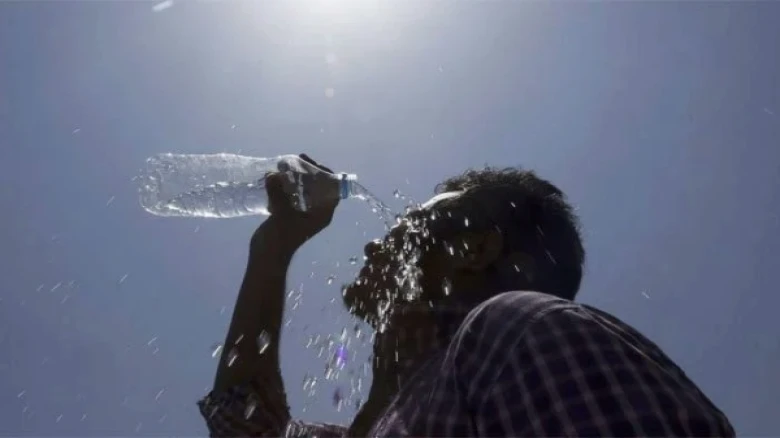As shown in World Bank research, heat waves in India may exceed the human survival limit in the future years...
Digital Desk: According to a World Bank assessment, India may face intense heat waves that exceed the human survival limit. Several people have died in the country in recent decades as a result of strong heat waves.
Including the World Bank report "Climate Investment Opportunities in India's Cooling Sector," the country is experiencing greater temperatures that arrive earlier and last much longer, as per PTI.
"In April 2022, India was engulfed in a harsh early spring heat wave that brought the country to a halt, with temperatures in the capital, New Delhi, topping 46 degrees Celsius (114 degrees Fahrenheit)," the report said. "The month of March, which witnessed extraordinary spikes in temperatures, was the hottest ever recorded."
According to a similar study undertaken by experts at IIT Gandhinagar, extreme weather events like as floods and heatwaves are projected to become more common in India as a result of climate change.
The research team examined the years 1951 to 2020 to assess India's risk of successive extremes, such as summer heatwaves and severe rainfall during the succeeding summer monsoon season across the same places.
"The G20 Climate Risk Atlas also cautioned in 2021 that if carbon emissions remained high, as in the IPCC's worst-case emission scenario," the study continued.
According to one study, if the global mean temperature rises by more than 1.5 degrees Celsius above pre-industrial levels, the share of the entire population and urban area exposed to successive extremes will rapidly increase.
According to the researchers, the length of a heatwave will increase from an average of 3 days in the current climate (1981-2010) to 11 days by the end of the twenty-first century under the lowest emission scenario (2071-2100).
However, they anticipated that the length of heat waves will increase to 33 days by the end of the century under the scenario with the highest emissions.

Leave A Comment